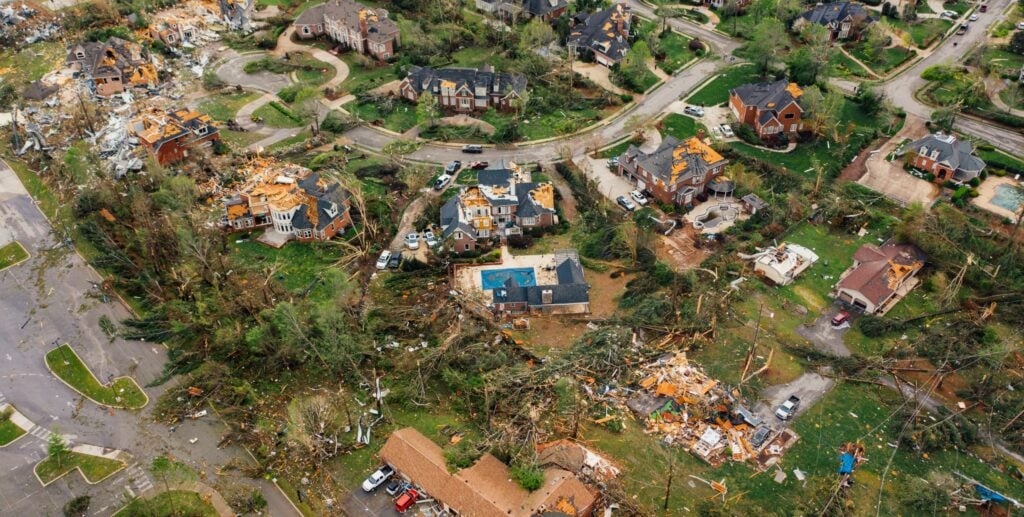Canada’s last job report didn’t have a frenzy of good news, but there was one highlight—wage growth. That was the take from BMO Capital Markets, who wrote to investors this morning about the substantial wage growth in February. Even with inflation set to rise and erode some of that growth, workers saw their weekly pay rise much faster than usual.
Canadian Wages Are Still Showing Strong Growth
Canadian wages showed surprising growth despite a slowing economy and trade war threats. “The February employment result was a damp squib in Canada, with jobs about flat and aggregate hours worked [last month] falling heavily,” explains Douglas Porter, chief economist at BMO Capital Markets.
The banks found the one major highlight in the latest job report—wages. According to its calculations, average hourly wages climbed 3.8% from last year, while total annual growth of aggregate hours worked moved 0.5% higher. Overall, this works out to overall pay rising 4.3% above last year. That’s a substantial income bump.
Even After Inflation, Canadian Wages Are Growing Faster Than Usual
Those gains will be tempered by the return of inflation from its holiday. CPI has been temporarily suppressed due to the GST/HST holiday from mid-December to mid-February. Starting with the February report, the temporary relief will be reintroduced and experts see the data climbing fairly aggressively. Even so, workers are expected to see their wages outpace typical growth.
“We don’t have the February CPI yet, but the initial read would peg it in the low-to-mid 2% range. That would still leave this income proxy running about 2 ppts above inflation. For context, the average increase in the decade before the pandemic was roughly 1.5% per year,” notes Porter.
In other words, this is an improvement over pre-pandemic times when things were considered “normal.” Great news for those with a job.
Those thinking of celebrating may want to hold back some of that enthusiasm. It’s worth noting that the average wage growth is subject to an issue known as survivorship bias. The data is exclusively a sample of those who continue to have jobs and discounts other factors.
In this case, the recent uptick in unemployment and the rise of workforce “non-participants” are discounted. A collapse of lower-wage growth jobs can skew the data toward the higher end of growth. This would undermine the reality of other trends that indicate slower wage growth is approaching, such as the falling job vacancy rate.




















 English (US) ·
English (US) ·